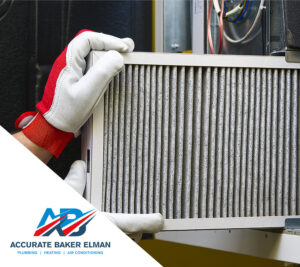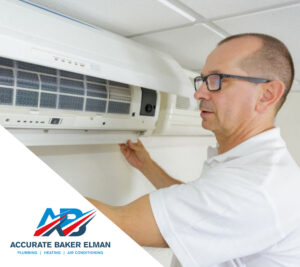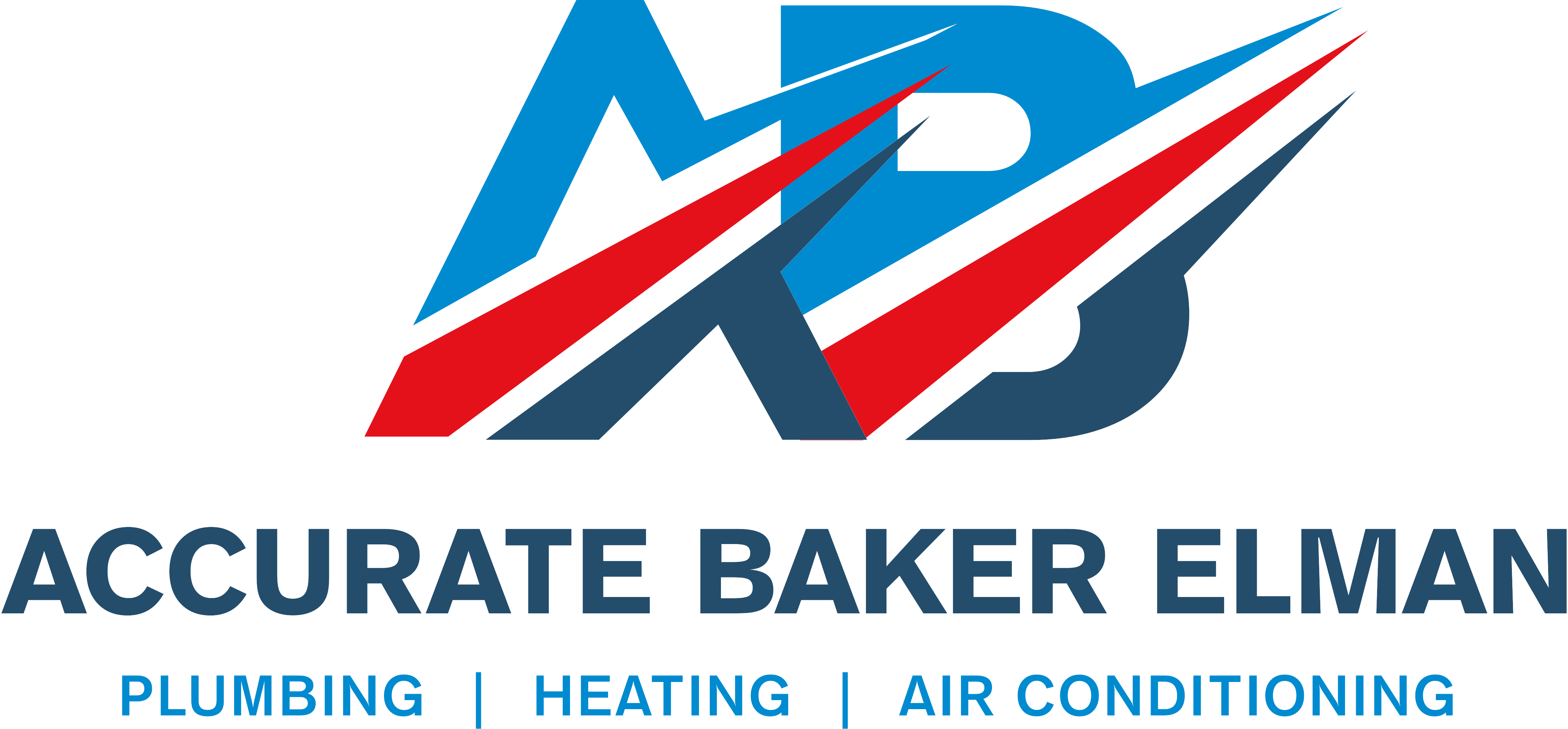As summer approaches, many of us look forward to longer days, outdoor activities, and the warmth of the season. However, alongside the joys of summer come challenges that can impact your indoor air quality (IAQ). The warmer weather often means increased humidity, higher temperatures, and a greater influx of outdoor allergens into your home. Understanding why indoor air quality matters more in the summer and how to improve it is essential for maintaining a healthy and comfortable living environment.
Why Indoor Air Quality Matters More in the Summer
Increased Humidity and Mold Growth
Summer brings higher temperatures and humidity levels, which can create a perfect environment for mold growth. Mold spores thrive in moist conditions and can spread rapidly if not addressed promptly. Indoor mold can lead to respiratory issues, allergic reactions, and overall discomfort. If your home’s humidity levels rise due to inadequate ventilation or other factors, it can exacerbate these problems.
Elevated Pollen and Allergens
Summer is peak season for allergens such as pollen from trees, grasses, and weeds. While many people may think of allergies as a problem only for those with outdoor exposure, allergens can easily make their way indoors. High pollen counts can lead to increased symptoms for those with allergies or asthma. Without proper air filtration, these particles can linger indoors, affecting air quality and health.
Higher Ozone Levels
While ozone is beneficial in the upper atmosphere, it can be detrimental at ground level. During the summer, ground-level ozone concentrations often increase, especially on hot, sunny days. This can contribute to poor indoor air quality as ozone can infiltrate homes and interact with indoor pollutants, potentially aggravating respiratory conditions and reducing overall air quality.

Increased Use of Air Conditioning
Many people rely on air conditioning systems to stay cool during the summer. While air conditioners are effective at lowering temperatures, they can also impact indoor air quality if not properly maintained. Dirty filters and poorly maintained systems can circulate dust, allergens, and other pollutants throughout your home, reducing air quality.
How to Improve Indoor Air Quality in the Summer
1. Control Humidity Levels
Managing indoor humidity is crucial for preventing mold growth and maintaining good air quality. Aim to keep indoor humidity levels between 30% and 50%. You can use dehumidifiers to help control moisture levels and ensure that your home is well-ventilated. Regularly check areas prone to moisture, such as basements, bathrooms, and kitchens, and address any leaks or water issues promptly.
2. Enhance Air Filtration
Investing in high-quality air filters for your HVAC system can significantly improve indoor air quality. Look for filters with a high MERV (Minimum Efficiency Reporting Value) rating, as they can trap smaller particles like pollen, dust, and pet dander. Regularly replace or clean filters according to the manufacturer’s recommendations to ensure optimal performance.
3. Use Air Purifiers
Air purifiers can be an effective way to remove contaminants from the air. Consider using HEPA (High-Efficiency Particulate Air) purifiers in areas where you spend the most time, such as bedrooms and living rooms. These purifiers are designed to capture a wide range of airborne particles, including allergens and pollutants.

4. Keep Windows and Doors Closed During High Pollen Times
To reduce the amount of pollen entering your home, keep windows and doors closed during peak pollen times, usually early morning and late afternoon. When you do open windows for fresh air, use screens to help filter out larger particles. Additionally, consider installing air vents with filters to allow for ventilation without letting pollen in.
5. Maintain Your Air Conditioning System
Regular maintenance of your air conditioning system is essential for ensuring good indoor air quality. Schedule professional inspections and cleanings to keep your system running efficiently. This includes checking and replacing air filters, cleaning coils, and inspecting ducts for dust and debris. A well-maintained system will not only improve air quality but also enhance energy efficiency.
6. Reduce Indoor Pollutants
Be mindful of indoor sources of pollution, such as volatile organic compounds (VOCs) emitted by cleaning products, paints, and other chemicals. Opt for low-VOC or VOC-free products whenever possible. Also, avoid using strong chemical cleaners and instead choose natural alternatives. Ensure proper ventilation when using products that release fumes.

7. Ventilate Your Home
Proper ventilation is key to maintaining good indoor air quality. Use exhaust fans in areas prone to moisture, such as bathrooms and kitchens, to help remove excess humidity and odors. Additionally, consider using an air exchange system to bring in fresh outdoor air while expelling stale indoor air. This can help reduce the buildup of indoor pollutants and improve overall air quality.
8. Clean Regularly
Regular cleaning can help reduce the accumulation of dust, allergens, and other pollutants in your home. Vacuum carpets and rugs frequently using a vacuum with a HEPA filter. Dust surfaces with a damp cloth to prevent particles from becoming airborne. Wash bedding, curtains, and other fabrics that can trap allergens. Regular cleaning will help keep your indoor environment fresh and healthy.
9. Monitor Indoor Air Quality
Consider investing in an indoor air quality monitor to keep track of factors such as humidity levels, particulate matter, and VOCs. These devices can provide real-time data and alerts, helping you make informed decisions about when to take action to improve air quality.
10. Address Any Source of Contamination
If you notice persistent issues with air quality, such as unusual odors, mold growth, or excessive dust, it’s essential to identify and address the source of contamination. This may involve professional inspections and repairs to resolve underlying issues such as leaks, structural problems, or faulty HVAC systems.

Conclusion
Maintaining good indoor air quality during the summer is crucial for ensuring a healthy and comfortable living environment. By understanding the challenges posed by increased humidity, allergens, and ozone levels, and by implementing effective strategies to manage and improve air quality, you can create a more enjoyable and safer home for you and your family. Regular maintenance, proper ventilation, and proactive measures will help keep your indoor air clean and fresh, allowing you to fully enjoy the benefits of the summer season.

